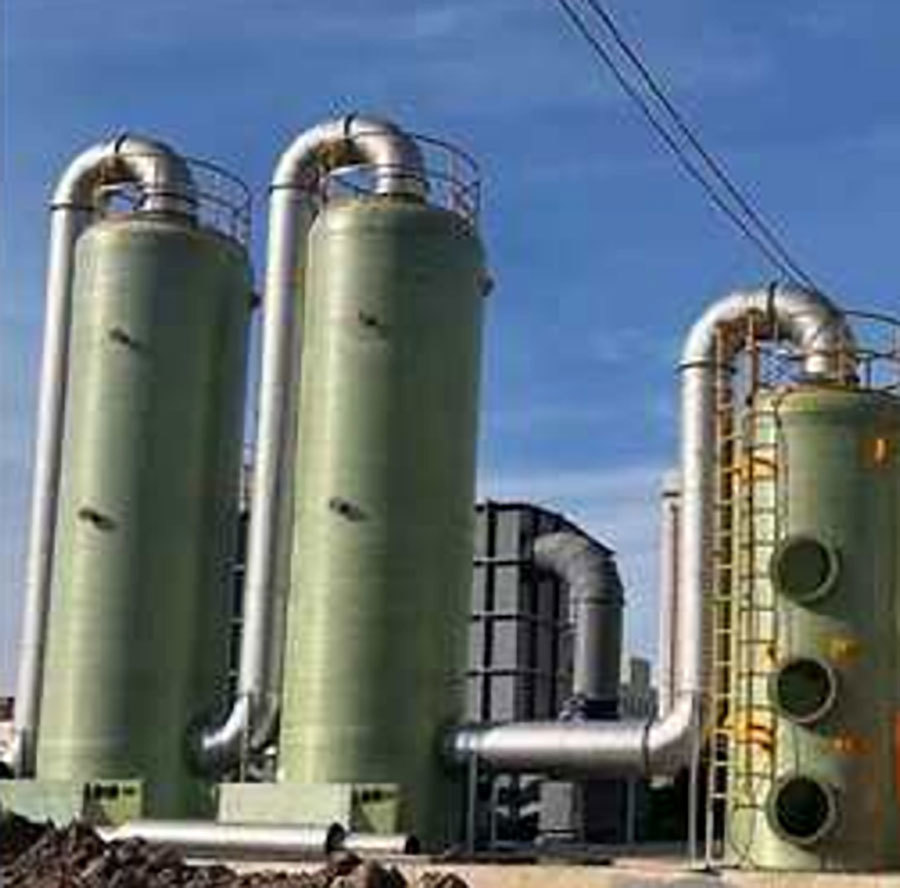How to Evaluate the Quality of Non-Ferrous Smelting Equipment: A Comprehensive Guide
Jul 02,2025

How to Evaluate the Quality of Non-Ferrous Smelting Equipment: A Comprehensive Guide
Table of Contents
- Understanding Non-Ferrous Smelting Equipment
- The Importance of Quality Evaluation in Smelting
- Key Factors in Evaluating Smelting Equipment
- Performance Standards and Testing Procedures
- Supplier Reputation and Support Services
- Evaluating Cost-Effectiveness
- Case Studies: Successful Smelting Equipment Evaluations
- Frequently Asked Questions
Understanding Non-Ferrous Smelting Equipment
Non-ferrous smelting equipment plays a crucial role in the extraction of metals such as copper, aluminum, and zinc from their ores. Unlike ferrous metals, non-ferrous metals are those that do not contain significant amounts of iron. The smelting process involves heating ores beyond their melting point to extract the base metals. Evaluating the quality of the equipment used in this process is paramount for efficiency and productivity.
The Importance of Quality Evaluation in Smelting
Quality evaluation of non-ferrous smelting equipment is essential for several reasons:
1. **Operational Efficiency**: High-quality equipment ensures optimal operation, reducing downtime and maintenance costs.
2. **Output Quality**: The quality of the final product heavily relies on the capabilities of the smelting equipment.
3. **Safety**: Equipment that is well-designed and maintained minimizes the risk of accidents and hazards associated with smelting processes.
4. **Regulatory Compliance**: Adhering to industry standards and regulations is facilitated by using reliable equipment, thus avoiding potential legal and financial repercussions.
Key Factors in Evaluating Smelting Equipment
When assessing the quality of non-ferrous smelting equipment, several factors play a pivotal role.
Material Quality
The material used in the construction of smelting equipment is critical. High-quality materials will withstand the extreme conditions found in smelting operations, including high temperatures and corrosive environments. Look for equipment made from:
- **Stainless Steel**: Resistant to corrosion and oxidation.
- **High-Temperature Alloys**: Designed to maintain structural integrity under immense heat.
- **Refractories**: Essential for lining furnaces, these materials should exhibit low thermal conductivity to maximize energy efficiency.
Design and Engineering Considerations
The design of smelting equipment should prioritize functionality and efficiency. Key aspects include:
- **Ergonomics**: Equipment should be designed for easy operation and maintenance.
- **Energy Efficiency**: Innovations in design can lead to reduced energy consumption, impacting overall operational costs.
- **Modularity**: Equipment that can be easily modified or upgraded helps future-proof operations.
Technological Advancements
Staying abreast of technological advancements is vital. Modern non-ferrous smelting equipment incorporates:
- **Automation**: Enhances precision and reduces labor costs.
- **Smart Technology**: IoT-enabled devices can monitor performance in real time, facilitating predictive maintenance and reducing unplanned downtimes.
- **Advanced Control Systems**: Provide better control over the smelting process, improving efficiency and product quality.
Performance Standards and Testing Procedures
Understanding the performance standards for non-ferrous smelting equipment is essential for evaluation. Look for adherence to:
- **ISO Standards**: Ensure that the equipment meets international quality benchmarks.
- **ASTM Testing Procedures**: These offer standardized methods for evaluating materials and components.
Regular testing should also be conducted to assess performance metrics such as:
- **Temperature Tolerance**
- **Operational Efficiency**
- **Output Quality**: This includes analyzing the purity of the extracted metals.
Supplier Reputation and Support Services
Choosing a reputable supplier is key to obtaining high-quality smelting equipment. Consider the following when evaluating potential suppliers:
- **Industry Reputation**: Research customer reviews and case studies to gauge reliability.
- **Post-Sale Support**: Effective customer support and maintenance services are vital for long-term equipment performance.
- **Warranty and Service Agreements**: Assess the terms offered and how they align with your operational needs.
Evaluating Cost-Effectiveness
While quality is essential, cost-effectiveness cannot be overlooked. Here are some considerations:
- **Initial Investment vs. Long-Term Savings**: High-quality equipment may have a higher upfront cost, but it often leads to lower maintenance and operational costs.
- **Energy Efficiency**: Equipment that consumes less energy contributes to overall cost savings.
- **Total Cost of Ownership (TCO)**: This encompasses purchase price, maintenance costs, and operational expenses over the equipment’s lifespan.
Case Studies: Successful Smelting Equipment Evaluations
Examining real-world applications can provide insights into effective evaluation techniques.
- **Case Study 1**: A prominent aluminum smelting facility upgraded its furnaces, resulting in a **30% reduction in energy costs** and a **15% increase in production efficiency**.
- **Case Study 2**: A copper smelting operation implemented smart technology monitoring, which decreased unplanned downtimes by **25%**, significantly boosting productivity.
These examples highlight the importance of thorough evaluation and investment in state-of-the-art equipment.
Frequently Asked Questions
1. What is non-ferrous smelting equipment?
Non-ferrous smelting equipment is utilized in the extraction of metals like copper, aluminum, and zinc from their ores, involving high-temperature processes for metal recovery.
2. Why is material quality important in smelting equipment?
Material quality is crucial as it affects the equipment's durability and performance under extreme conditions, ensuring safety and efficiency in operations.
3. How can I assess the technological advancements in smelting equipment?
Research the latest features such as automation, smart technology, and advanced control systems that improve process efficiency and monitoring capabilities.
4. What standards should smelting equipment meet?
Look for compliance with ISO standards and ASTM testing procedures that ensure equipment quality and reliability.
5. How can I evaluate the cost-effectiveness of smelting equipment?
Consider the total cost of ownership, including initial investment, maintenance, and operational costs, and assess potential long-term savings through efficiency improvements.
Conclusion
Evaluating the quality of non-ferrous smelting equipment is a multifaceted process that requires a thoughtful approach. By focusing on material quality, design, technological advancements, performance standards, supplier reputation, and cost-effectiveness, businesses can ensure they invest in equipment that enhances operational efficiency and productivity. A well-executed evaluation not only contributes to improved output quality but also secures a competitive edge in the non-ferrous metal industry. With this comprehensive guide, we hope you are now equipped to make informed decisions about your smelting equipment needs.
TAG:
Previous:
Next:
Contact Us
Company Email:
962452762@qq.com
Contact Number:
+8615670922562
Company Address:
No. 11 Plant, Tiantan Industrial Park, Huling Industrial Cluster, Jiyuan City


